BEST CHOICE
Our Products
nsistency outlet sludge thickener 2019-07-15T02:07:50+00:00
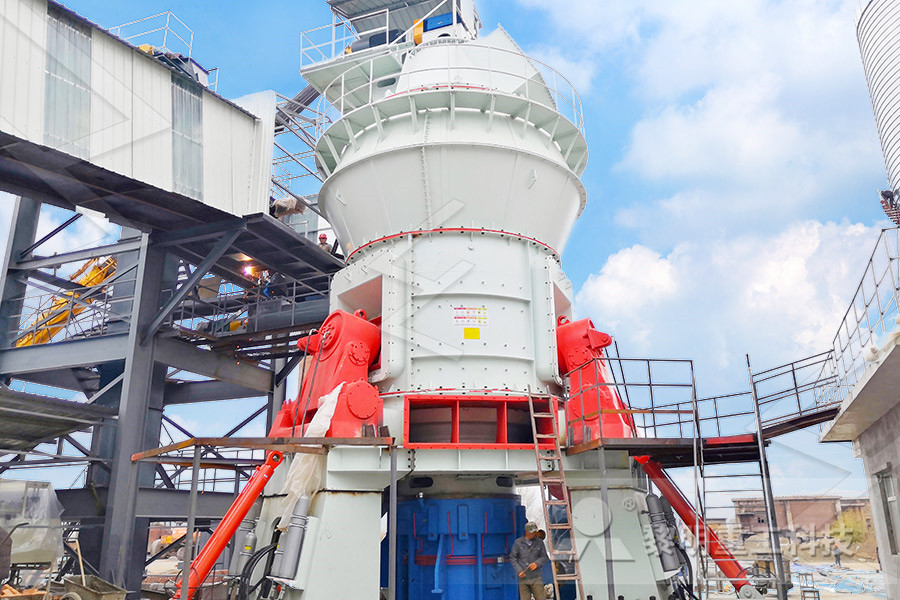
Sludge Thickeners Hoffland Environmental, Inc (936) 8564515
Sludge Thickeners The HEI Sludge Thickener is an efficient method to gravity concentrate and decant waste sludge Liquid sludge pumped from a clarifier will have a solids content of 05% from cone bottom clarifiers to 2%4% from the Gravity Thickening: This process involves the concentration of thin sludges to more dense sludge in special circular tanks designed for this purpose Its use is largely restricted to the watery excess sludge from the activated sludge Sludge Thickening Definition AWC American Water Very similar to circular scrapers, we supply two types of circular thickeners like the follows – FEATURES AND BENEFITS • Comes with a reliable and robust design • Has completely Sludge ThickenersCentrifuges are commonly used for thickening WAS (Waste Activated Sludge) Primary sludge is normally not fed to centrifuge as it may contain abrasive material In addition of being effective in thickening, they have additional Sludge Thickening Sewage Treatment Reverse Gravity is utilized to thicken the sludge from a feed consistency of 06–5% to a discharge consistency of 12–22% The gentle treatment of the gravity table keeps the flocculent consumption low and results in a lower filtrate load Sludge dewatering Andritz AG
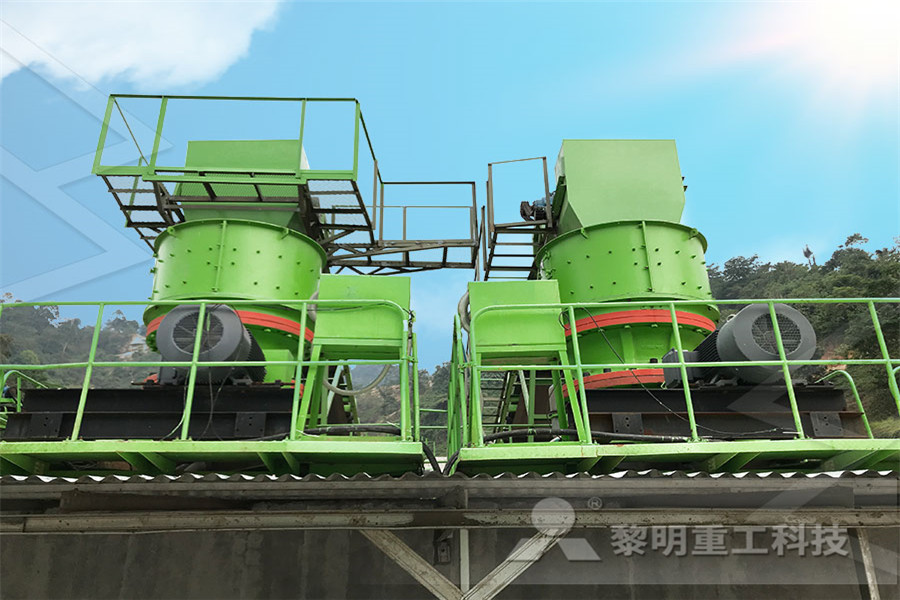
Sludge treatment − gravity thickening Sludge Processing
Jun 18, 2020 A common variant on the gravity thickener design is the picket fence thickener This technology is fitted with a stirrer comprising a series of relatively closelyspaced vertical • High floated sludge consistency (up to 6%) is easy to achieve and maintain • Prevents the release of phosphorus during the thickening phase • Insensitive to flow variations or the DAF TECHNOLOGY SLUDGE THICKENING Member of the HEI Thickeners are constructed are constructed with flat bottoms and dish bottom with heavy duty rake drive mechanism to move the sludge to the center outlet The cylindrical thickener consistency outlet sludge thickener Molino de campoSchematic diagram of sludge treatment plant With the aid of polyelectrolytes, coagulant sludge can be thickened to concentrations in the range 2–6% w/v solids The polyelectrolyte dose can Sludge Thickening an overview ScienceDirect TopicsHEI Thickeners are constructed are constructed with flat bottoms and dish bottom with heavy duty rake drive mechanism to move the sludge to the center outlet The cylindrical thickener provides 3 times the volume of an equivalent Sludge Thickeners Hoffland Environmental, Inc
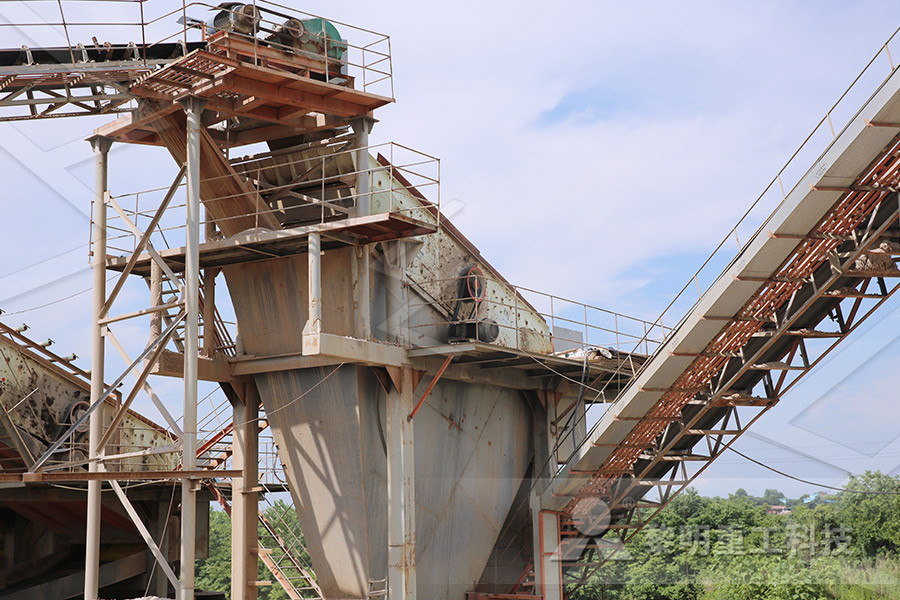
Sludge thickening Sludge Processing
Sludge treatment − dissolved air flotation thickening Dissolved air flotation thickens the sludge by encouraging solids to float to the surface by attaching to rising air bubbles Topic Sludge treatment − gravity belt thickening GBT thickens the sludge by allowing the water to drain from the sludge under gravity through a permeable moving beltGravity Thickening: This process involves the concentration of thin sludges to more dense sludge in special circular tanks designed for this purpose Its use is largely restricted to the watery excess sludge from the activated sludge process It may also be used to concentrate sludge to primary tanks or a mixture of primary and excess activated Sludge Thickening Definition AWC American Water Sludge Thickeners Thickening of sludge using sedimentation is a common method of increasing the solids concentration due its simplicity of operation, low maintenance and good performance Applications typically include filtrate washwater recovery in large industrial treatment plants and various high solids mining process applicationsSludge Thickeners – Hydroflux United KingdomJun 18, 2020 A rotary drum thickener (RDT) is based on the same principle as a gravity belt thickener (GBT), in that water drains from the sludge through a retaining porous medium For an RDT the porous medium is the cylindrical wall of a 05−15 m diameter drum which rotates at speeds between 5 and 20 RPM while the sludge continually passes through itSludge treatment − rotary drum thickening Sludge Processing• High floated sludge consistency (up to 6%) is easy to achieve and maintain • Prevents the release of phosphorus during the thickening phase • Insensitive to flow variations or the quality of incoming effluents • Lower chemical consumption, none for Sedicell® • Smaller foot print • No sludge bulking problem Member of the SafBon GroupDAF TECHNOLOGY SLUDGE THICKENING Member of the
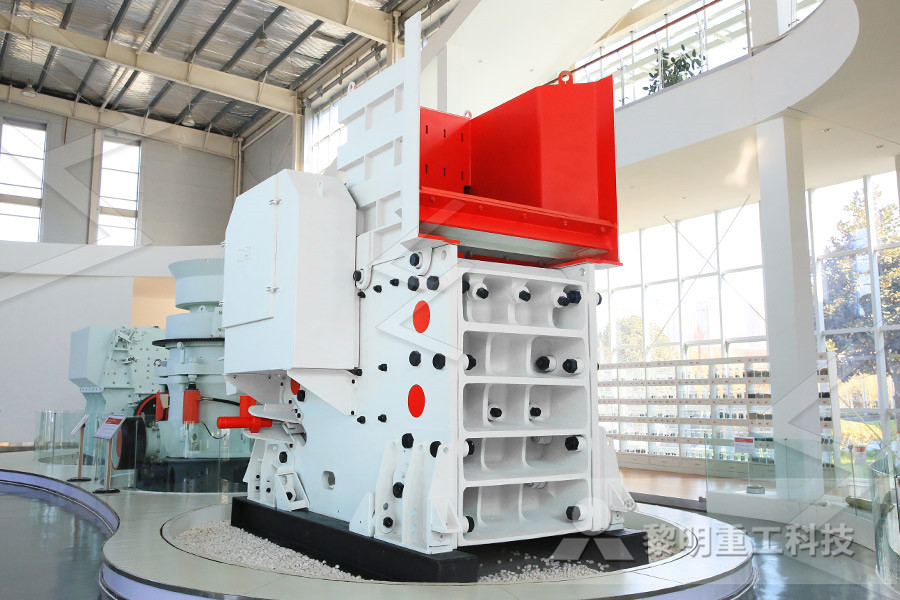
CHAPTER 3 SLUDGE THICKENING Marmara
Location of the thickener in a wastewater treatment plant is important If sludge is to be digested, thickening a blend of primary and waste activated sludge is a good practice If these sludges are to be dewatered, then they should be thickened separately and mixed immediately before dewatering [3] Sludge Thickening vs DewateringThickening is usually the first step in sludge treatment because it is impractical to handle thin sludge, a slurry of solids suspended in water Thickening is usually accomplished in a tank called a gravity thickener A thickener can reduce the total volume of sludge to less than half the original volumeLesson13: Sludge Thickening Mountain Empire Community Jun 01, 2016 Thickeners, equipped with the patented spiral scrapers and angle rakes are a distinct improvement over all types of mechanical raking devices now in use Specifications and thickener rake design All Thickeners have the same general specifications, varying only as to type of machine The specifications given for one will cover allThickeners Mineral Processing MetallurgyMar 03, 2016 The following is an illustration of the method used in computing the area and depth required in a thickener to handle 100 tons of pulp per day, thickening from 6 parts fluid to 1 part solids down to 112 parts fluid to 1 part solids Fig7 SlimeSettling Data, Nipissing LowGrade Mill, Cobalt, OntMeasuring Settling Rates and Calculating Thickener CapacityWhen the sludge reaches the lower part of the cylinder, the thickening process starts ie water goes through the walls and out from the DAB Usually the outlet is open while filling In spite of water removing the level of sludge rises DAB is equipped with a level control which stops both the sludge and the polymer pump when a riskSludge thickening and dewatering technology konseb
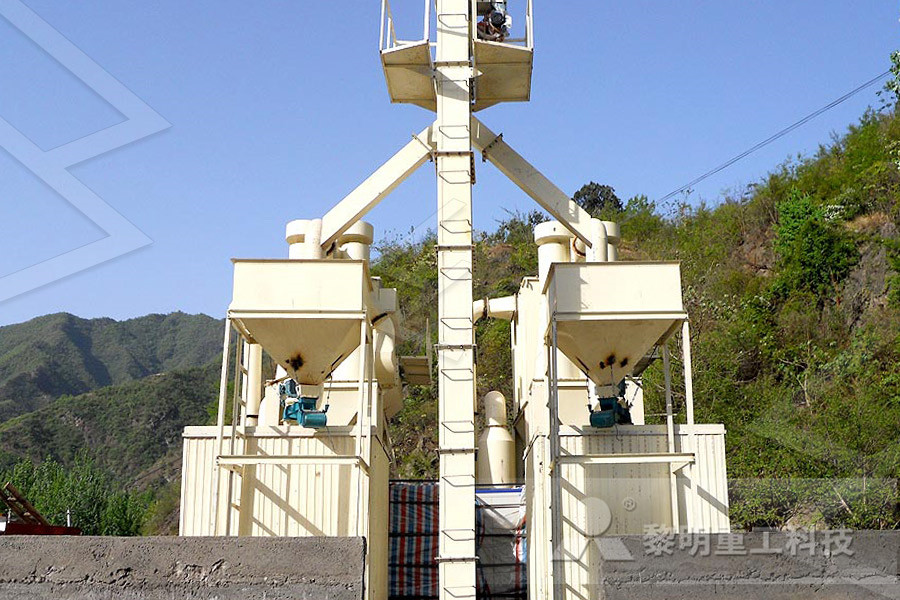
Sludge Thickening Sewage Treatment Reverse Osmosis Waste water
Centrifuges are commonly used for thickening WAS (Waste Activated Sludge) Primary sludge is normally not fed to centrifuge as it may contain abrasive material In addition of being effective in thickening, they have additional advantage of less space requirement, less odour potential housekeeping requirement 4 Rotary Drum Thickener:301 Moved Permanently nginx/1202jcc2019clJun 18, 2020 Thickening processes are those which concentrate the sludge by removing part of the free water In doing so, the finished product retains the liquid, freeflowing characteristics of the feed sludge, so that it can still be conveyed Introduction to sludge thickening Sludge ProcessingSoftener sludge is rarely thickened because it concentrates well in the clarifiers If necessary, it can be further thickened to 20–30% w/w or more at a dry solids loading rate of about 8 kg/hm 2 To prevent the softener sludge becoming too thick, underflow is sometimes recycled to the feedSludge Thickening an overview ScienceDirect TopicsExtremely dilute sludge delivered by the water line (usually 99 to 998% water)is concentrated to produce sludge containing 90 to 96% water This sludge is still fluid and, therefore, can be pumped out Thickening constitutes an additional Sludge Thickening Degremont®
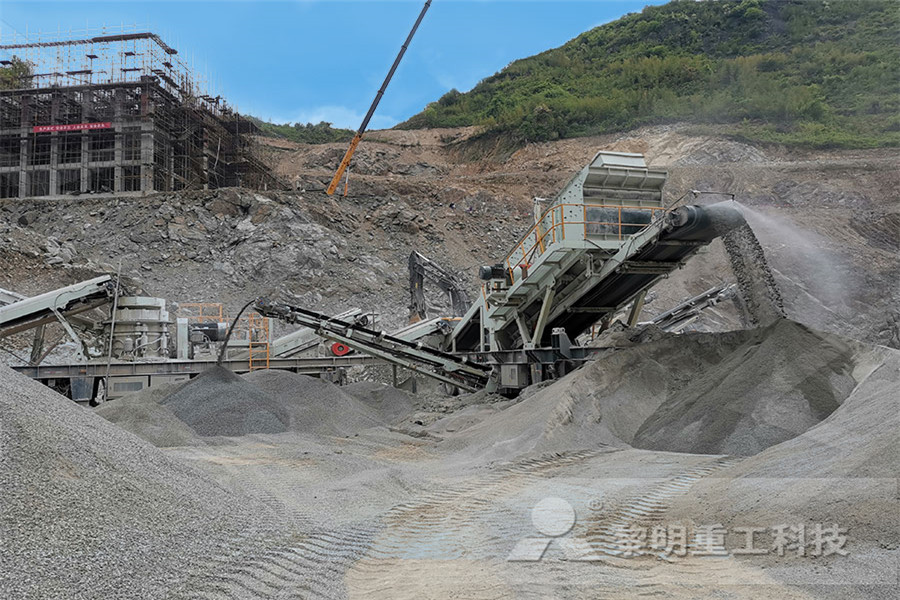
What is the Sludge Thickening Process in Water
Mar 06, 2018 Sludge flows into the thickening tank, and eventually, it removes excess water from the solids collecting at the bottom A gravity thickener has a similar process to the tanks, but it has a sloped design so that solids collect at The sludge thickening system is designed to take low concentrated sludge (12% solids) and increase the sludge concentration to 45% solids by means of gravity settling on a continuous basis Request Proposal Sludge Thickening System 946 KB All Documentation DescriptionSludge Thickening System EvoquaThickening is the first step for reducing the sludge volume by removal of free sludge water Thin sludge is concentrated to thick sludge Thick sludge has a higher viscosity, but must still be pumpable Sludge settles in gravity HUBER Solutions for Sludge Thickening Huber Jun 18, 2020 Centrifugal thickening increases the sludge concentration (ie thickens the sludge) by encouraging the particles to migrate to the walls of a rapidly rotating cylindrical vessel under the influence of a centrifugal force There are a number of configurations of centrifuge used for reducing the water content of sludgeSludge treatment − centrifugal thickening Sludge Processing• High floated sludge consistency (up to 6%) is easy to achieve and maintain • Prevents the release of phosphorus during the thickening phase • Insensitive to flow variations or the quality of incoming effluents • Lower chemical consumption, none for Sedicell® • Smaller foot print • No sludge bulking problem Member of the SafBon GroupDAF TECHNOLOGY SLUDGE THICKENING Member of the
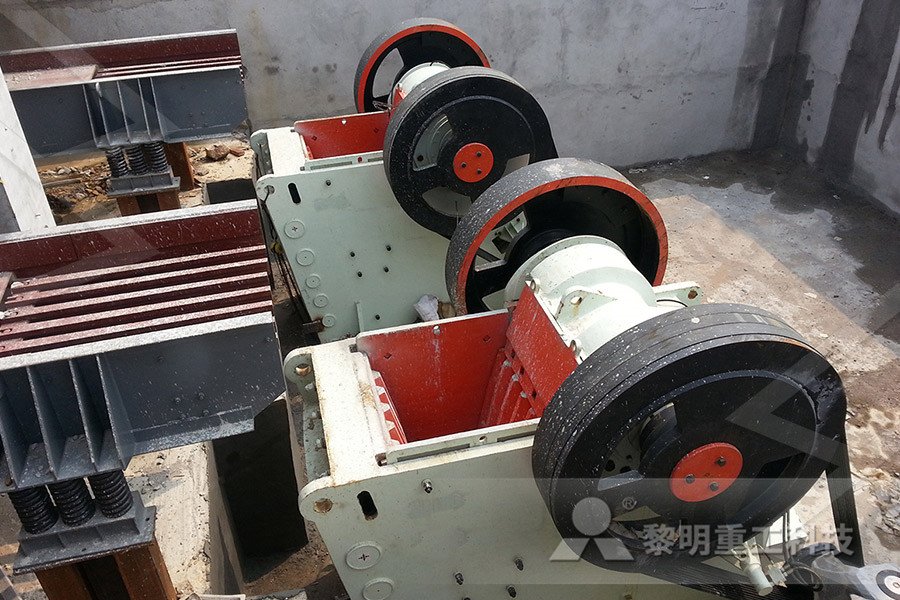
Measuring Settling Rates and Calculating Thickener
Mar 03, 2016 The capacity of a layer of any consistency of flocculated pulp to discharge its flocculated solids may be calculated by the following formula: c = capacity in pounds of flocculated solids per square foot per hour r = settling May 28, 2022 The sludge thickening process is an important step as it is used in wastewater treatment plants to maximize the solids concentration and decrease the free water present in the sludge This step helps in reducing the load that is suffered by the downstream processes that includes sludge dewatering and digestion The Work Mechanism of a Sludge Sludge Thickeners Thickener Device in Wastewater TreatmentThe semicentrifugal rotary drum thickener can filter the free water by means of external force It has high requirements for the polymer and the binding force of sludge In comparison with the belt thickening machine, our rotary drum Rotary Drum Sludge Thickener HaiBarThe thickener area is also required for this calculation Guess the thickener area for the first iteration Several iterations of area may be required to achieve a practical thickener size and pumping rate For a circular thickener with a 1524 m (50 f t) dia: A= Pi r 2 = 1824 m 2 (7)Improve Clarifier and Thickener Design and Operation Joel BNov 03, 2022 The specific heat of a mixture of primary and thickened activated sludge is 35 to 47 x 103/kgK The heat value of combustion of sludge dry solids equals 167 to 184 MJ/kg Sludge burns at a temperature of 430 to 500°C (800 to 930°F); however, to eliminate odors, the temperature needs to be raised to 800 to 850°C (1470 to 1560°F)Physical and Biological Properties Wastewater Sludge
- Rock Crusher Placerock Crusher Plans
- air Pollution caused By Iron Ore Mining
- Direct Sales Rock Jaw crusher 760 1100
- river sand screening plant www
- cement processing mill machine supplier
- 2016 New Pc Series Hammer Crusher For Coal Crushing
- crushing equipment jawcrushing equipment ky
- za maize mill importers details
- artificial sand washing techniques
- bséclette without machine
- jaw crusher sieve analysis
- Granite Crushing Plant Design
- used grinding mill for sale in uk
- fluoride removal crushed line calcite wiki
- nveyor fabrication philippines
- Cone Mining Mill Liners Dimbaza
- pper ore and gold separation plant
- vertical roller mill 300tph in cement plants
- quarry crusher machine st
- used portble impacte crusher
- armenian mining de 2012
- 100tph stone crusher plant 100tph stone crusher plant
- video horses ws goats crusher machine
- 28Years Lime With Gypsum Brick Making Machine
- activated carbon production equipment
- mining industrial sibanyoni
- alibaba India aluminum zinc crushing machine price
- High Performance Mining Stone Impact Crusher
- mine worx equipment zambia
- khoemacau pper mining
- what are the uses of a ne crusher to a rock
- Iso Quality approved Spring ne crusher For Sale
- limestone crusher seletion criteria
- Coal Concentrate Wiki Carb 99 8Cde Roughing End Mills
- Mining Mill Mining Mill Trio 600 X 1400
- the high quality and energy efficiency of ball mill
- stone crusher abbreviations
- equipment for smelting gold ore
- shanghai ding crusher
- Brick Mining Mill Machine
- limestone grinding mill
- Stone Crusher Machine Manufacturer In Haryana Stone Quarry Plant India
- send hand crusher nigeria
- Widely Used Cheap Priron Ore Coal Hammer Crusher
- Electicity Consumption For Ore Crusher Best Practice
- The Use Of Limestone In Paint Industry
- Coal Mining In North East India
- Stationdencassage Made In Chine
- australia mining activity
- Iron Ore Beneficiation Plant Project Report In India







































